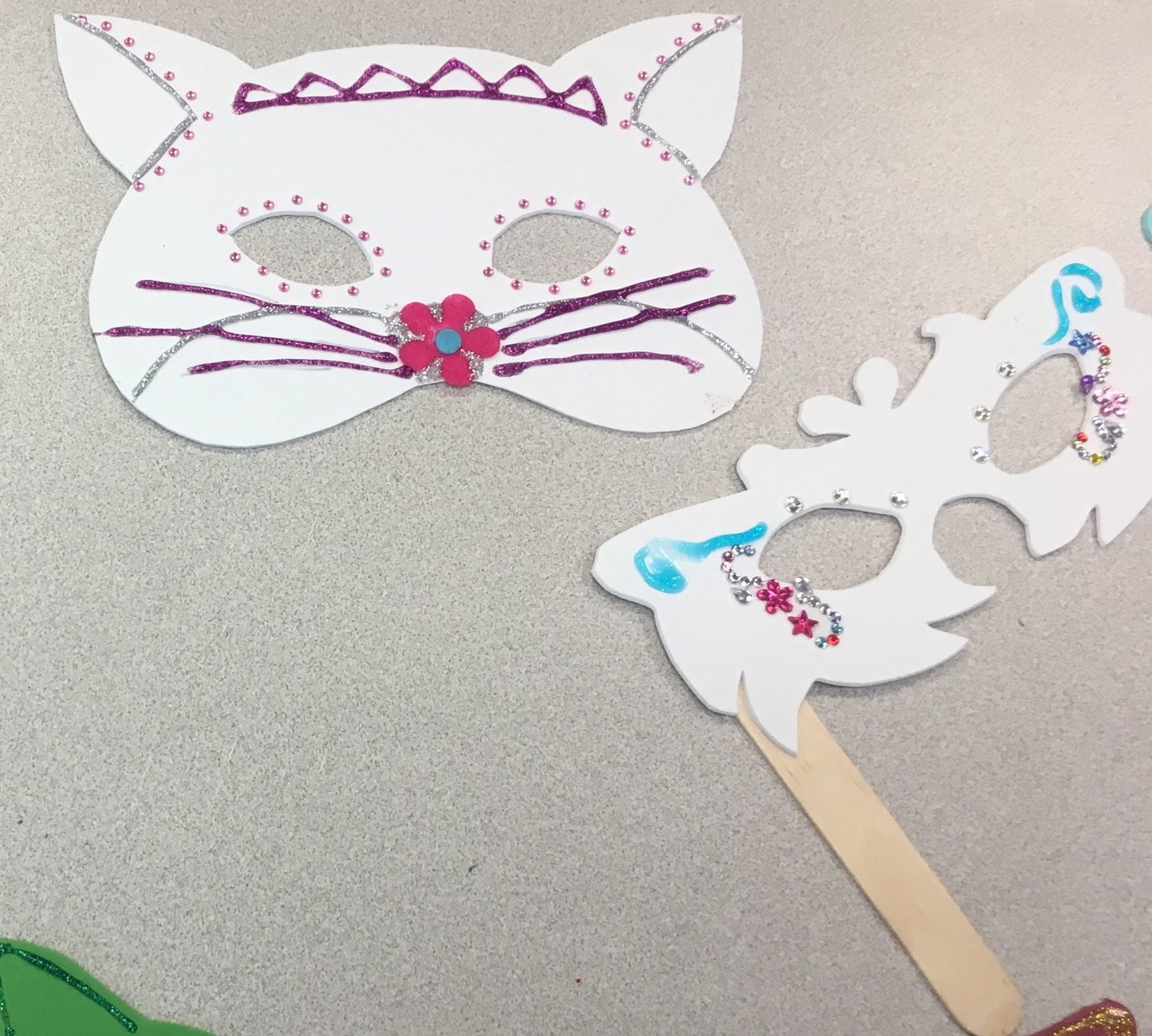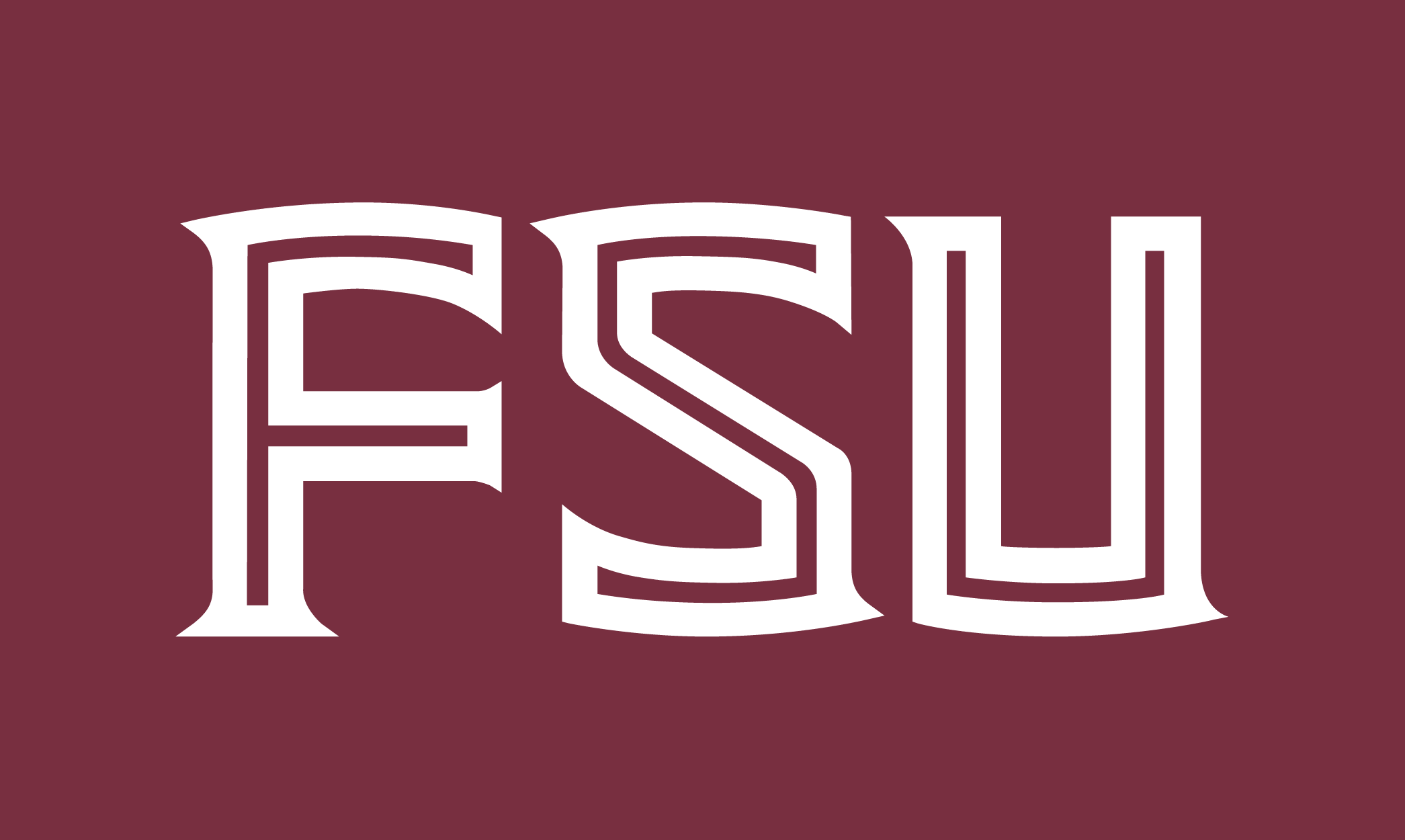ASL Course Structure and Policies
The ASL courses are offered by the School of Communication Science and Disorders (SCSD) and are primarily reserved for CSD majors. As such, we heavily emphasize implications for future audiologists and speech-language pathologists alongside the traditional standards and objectives of ASL instruction at each level. To facilitate maximum learning in an optimal educational environment, the following policies are essential across all ASL programming:
Use of Electronics During Class
Cultural expectations and the visual modality of ASL require consistent eye contact. Therefore, cell phones, laptops, and other electronic communication devices hinder effective visual communication and are not appropriate during ASL instruction. During designated small group activities, the use of laptops may be appropriate. Students who need to use the phone during class should simply step out of class to do so.
Visual Communication (“Voice-Off”) Policy
Consistent with the standards of the American Sign Language Teachers Association (ASLTA) and cultural expectations within the Deaf community, this ASL course is premised strictly on a “voice-off” policy. Students are expected to sign, fingerspell, write, gesture, and use other non-verbal methods of communication. This policy applies at all times that students are in the ASL classroom, ASL Lab, at related events, or in communication with the ASL instructor, regardless of location.
ASL Course Instructional Style
Task-Based Language Teaching
Based on evidence from the field of teaching spoken foreign languages, alongside emerging support for its use in ASL, Task-Based Language Teaching (TBLT) is utilized across our ASL curriculum.
The instructional standards of the American Sign Language Teaching Association (ASLTA) and the American Speech-Language Hearing Association (ASHA) are simultaneously implemented by utilizing ASL to discuss and analyze relevant professional issues across both fields.
TBLT also lends itself well to activities in which grammatical features of ASL can be authentically applied.

Objective: Using ASL only, learners will construct a model set utilizing advanced classifiers to indicate and comprehend the relationships between symmetrical and asymmetrical 3D shapes.

Objective: Using ASL only, learners will collaborate to design a set of advanced procedures and create an associated artifact.

Objective: Using ASL only, learners will follow and prescribe detailed sets of instructions utilizing advanced pronominal, descriptive, and instrumental classifiers.
Contact Hours
To meet course standards, objectives, and contact hour requirements for each 4-credit hour hybrid course, students are expected to complete 10 contact hours in which ASL only is utilized to interact beyond the classroom or classtime. However, the attendance and participation policy is designed to allow for some flexibility, and additional details are provided in the course syllabus. Contact hours should be regularly earned over the course of the semester, rather than excessively at once.
- Contact hours are easy to obtain if they are kept up with. Examples include:
- Optional “drop-in” ASL labs specific to the designated class
- Signing Seminoles casual meet-ups or special events
- Other pre-approved ASL events or activities
